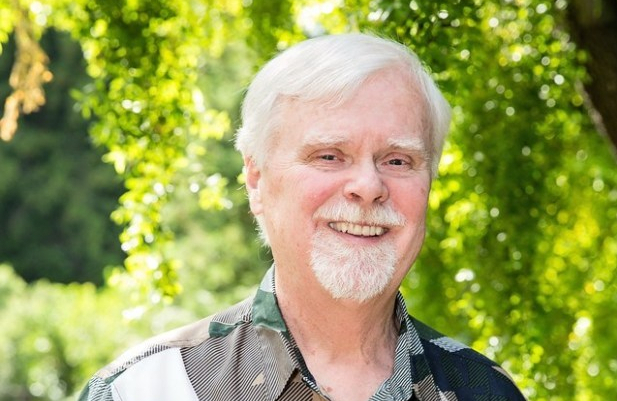TEAM CBT

Time for something of a flurry of backlogged posts. Here goes with the first…
I have for some time been aware of the possibility of rapid change within humans. That dysfunctional traits can unravel in moments: if prediction error events cause the brain to restructure its predictions, almost instantly, then this can be used as a valuable therapeutic tool.
Yet, the therapeutic word seems set on therapy being slow.
I was therefore delighted to stumble upon the work of Dr David Burns and his TEAM CBT system. Dr Burns was one of the original Cognitive Behavioural Therapy (CBT) practitioners, and wrote the Feeling Good book that made CBT popular in the first place.
He was delighted that CBT seemed to work for 66% of people, but at the same time was concerned for the 33% it could not reach.
Subsequent exploration in his own work led to a new model, described by the acronym T.E.A.M.
T stands for Testing and will get its own post in a few days (because it directly overlaps with learnings from Software Engineering and more). It proposes a way to validate the effectiveness of individual therapy sessions
E stands for Empathy. It is easy for practitioners to think that they are great listeners, when actually they are good at guiding the conversation. Sharing inspiration can feel empathic to the practitioner, but actually be a real turn-off for the client. I’ve seen this in my own (limited) therapeutic work: it is so easy to get enamoured by one’s own voice. TEAM offers some intriguing analysis of empathy and how to make it real.
A stands for Agenda Setting, at least that is one of a few unpackings of this letter, and this is where TEAM CBT particularly shines. Empathy, you could say, is necessary, but not sufficient for effective therapy. Once empathy is established, a practitioner needs to cultivate motivation for change in their client. Amongst the 33%, Burns found what he described as Therapeutic Resistance, and he broke this down into eight types. I’d recommend his podcast, or book, Feeling Great for a detailed analysis. He then offers techniques that can help people overcome this resistance, which often involve appreciating the value inherent in the resistance: something I have included in my own Odoki Method.
The M stands for Methods. This as I understand it aligns most closely with what we understand as CBT. Once resistance has been moved, CBT can do its goodness, identifying and resolving cognitive distortions.
In learning more about TEAM CBT, I have delighted in the speed with which it can work, and the depth of honouring existing experience which is crucial for transforming it.
When guiding people through the Odoki Method, on some occasions I have found it useful and beneficial to direct them towards TEAM CBT, particularly the Feeling Great book. For some people, simply reading the first few chapters can be enough to shift their relationship with their experience to make meaningful change possible.